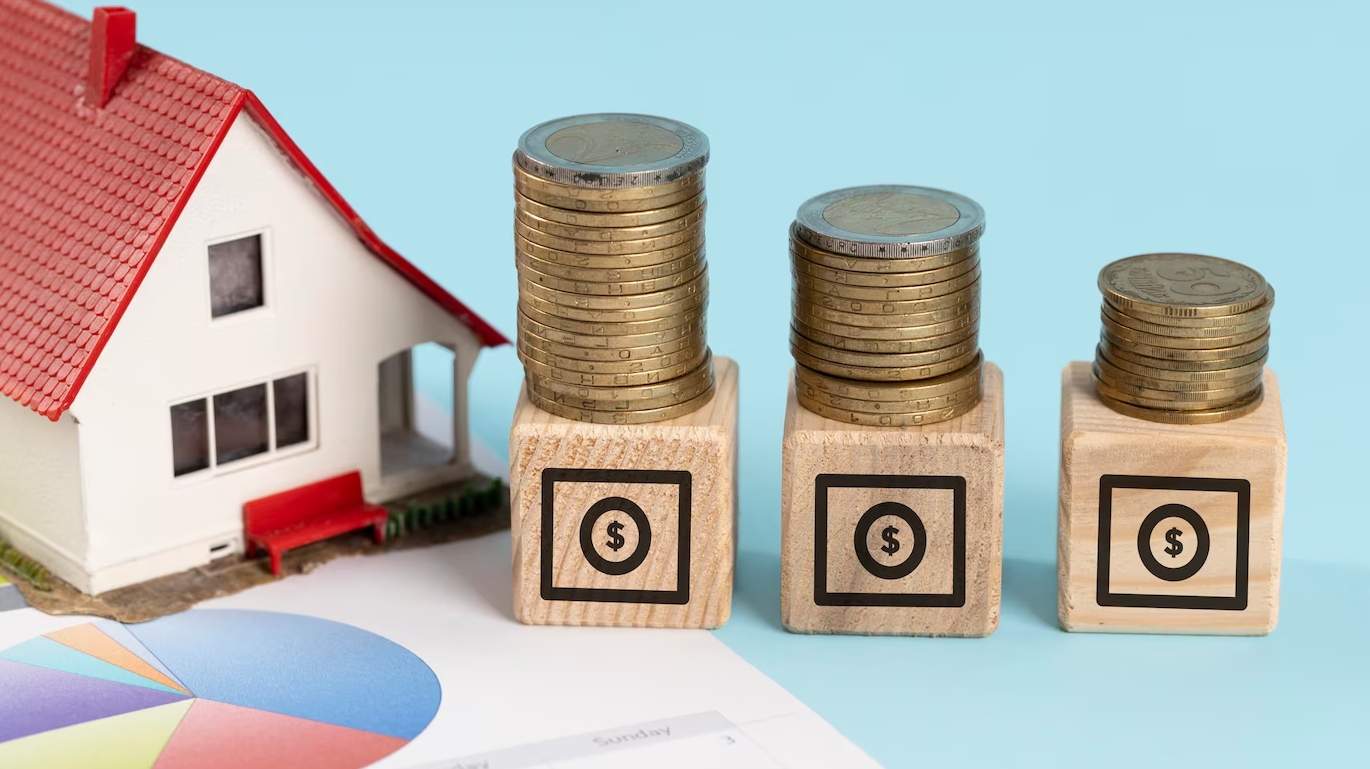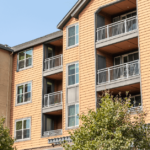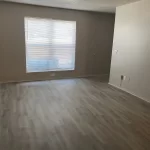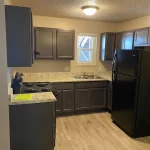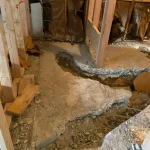If you’ve ever thought energy efficiency was just a “nice-to-have,” think again. For today’s LIHTC builder, smart upgrades like solar power, blower door testing, and air sealing don’t just lower bills—they unlock green building tax credits that put real money back in your pocket. With the right planning, these credits make energy-efficient buildings more affordable, more attractive to tenants, and a lot more rewarding. Whether you’re planning your first rehab or your tenth, understanding how these upgrades connect to tax incentives could reshape how you build for years to come.
Let’s break it all down—where the savings come from, how to qualify, and what’s already working for LIHTC builders just like you.
Federal Green Energy Incentives
The federal government isn’t just cheering for sustainable housing—it’s backing it with big-time benefits. Green building tax credits are available for developers who incorporate eco-friendly upgrades into affordable housing projects. These incentives can come in the form of:
- Investment Tax Credit (ITC) for solar power systems
- Section 45L Energy Efficient Home Credit
- Accelerated depreciation through MACRS for green technologies
- Utility company rebates and weatherization incentives
For every dollar you put into energy-efficient construction, these programs help you get a portion back, sometimes quickly, sometimes over time, but always worth the effort.
Solar Power Installations on LIHTC Projects
You don’t have to be Elon Musk to install panels and benefit. Many LIHTC builders are turning to solar power to slash tenant utility bills while qualifying for green building tax credits.
Why it works:
- Solar power lowers electricity costs in common areas
- You can size systems for tenant benefit without violating LIHTC rent restrictions
- Credits often offset up to 30% of system costs
- Additional state/local incentives stack the savings
Tip: Partner with solar providers experienced in multi-family installations. The payoff in tax benefits, performance, and simplicity is huge.
Blower Door Tests & Airtight Inspections
What is blower door testing? Think of it as a pressure check for your building. By sealing a fan in the front door, inspectors measure how much air escapes, telling you just how drafty (or tight) your building really is.
For LIHTC builders, this step is crucial. Not only does it help improve energy performance, but a solid score also supports compliance with Energy Star, LEED, or Zero Energy Ready Home requirements—each of which ties back to green building tax credits.
Benefits of blower door testing:
- Finds and fix costly air leaks
- Meet strict program requirements
- Improve resident comfort and satisfaction
- Support air sealing work for deeper credit claims
Tax Credit vs. Actual Savings
Here’s where it gets interesting. Many LIHTC builders ask: Are green building tax credits really worth it once the paperwork is done? The answer is yes—and here’s why.
| Upgrade | Immediate Credit | Long-Term Utility Savings |
| Solar Power | Up to 30% of the installation cost | Cuts electric bills for decades |
| Air Sealing | Up to $2,000 per unit | Reduces HVAC load and leaks |
| Blower Door Testing | Part of the qualifying process | Finds costly inefficiencies |
Together, these strategies don’t just shrink energy bills—they grow property value, stabilize tenant costs, and reduce maintenance headaches.
Success Stories from Midtown Builders
At Midtown Builders, we’ve seen what a well-planned green build can do. In one recent project, we upgraded a 20-unit LIHTC complex with solar power, advanced air sealing, and passed blower door testing with flying colors.
Here’s what happened:
- Residents saw average utility bills drop by 35%
- The project earned over $45,000 in green building tax credits
- Our team used the extra budget to improve indoor air quality systems
- Bonus: inspections went smoother, timelines stayed tight
As a leading LIHTC builder, these real-world wins show us that sustainability doesn’t just check boxes—it checks real financial goals too.
Planning Your Next Green Affordable Build
Ready to go green and get credits doing it? Here’s what you need to know before your next affordable housing project:
Steps to maximize green building tax credits:
- Work with an experienced LIHTC builder who knows green standards
- Schedule blower door testing early in the process
- Incorporate solar power into site plans when possible
- Target airtight construction with expert air sealing
- Keep records of all upgrades for documentation and credit claims
Planning with credits in mind from day one makes the difference between a basic build and a high-performing, cost-saving success story.
Got Questions About Green Credits? We’re Here.
Green building tax credits are more than just a bonus—they’re a strategy. From solar power savings to expert blower door testing and detailed air sealing, these upgrades turn everyday LIHTC projects into long-term energy winners. If you’re a LIHTC builder looking to stretch every dollar and make every watt count, Midtown Builders is ready to help.
Contact us today to start building smarter, cleaner, and more affordable housing that gives back to you and your community.

